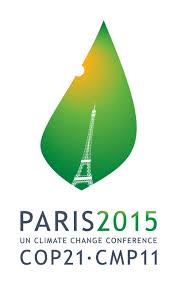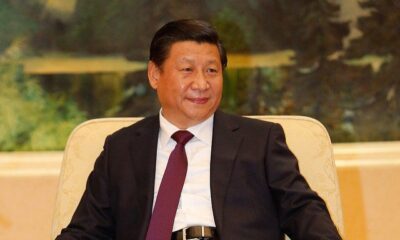

Energy
The Paris Agreement – A Platform For International Carbon Trading
This weekend, COP 21’s Paris Agreement included two key elements important for the development of an international carbon market including: 1) Use of internationally transferred mitigation outcomes by parties and 2) Establishment of a mechanism for mitigation and sustainable development.
According to Yann Andreassen, Senior Analyst EU carbon markets at ICIS Tschach Solutions, “these two elements enable the Paris Agreement to create a framework for international carbon trading under the UNFCCC umbrella. This will allow parties to use international market mechanisms in order to fulfil their NDCs (Nationally Determined Contributions)”.
Linking carbon markets
To an extent, the Paris agreement could also play a facilitative role in linking emissions trading systems around the world. Andreassen states that “linking carbon markets doesn’t require an international agreement like Paris to materialise”.
“However, the potential convergence of accounting practices to emerge from the agreement could be an important step forward, as environmental integrity is a critical element for linking carbon markets. Furthermore, the use of internationally transferred mitigation outcomes will help integrate mitigation actions, like an emissions trading system, under the international framework”.
A successor to Kyoto’s flexible mechanisms
The new mitigation crediting mechanism can be seen as a successor of both the Clean Development Mechanism (CDM) and Joint Implementation (JI) – the two flexible mechanisms implemented under the Kyoto Protocol. On the succession, Andreassen comments that “the new crediting mechanism will reflect an evolution from Kyoto flexible mechanisms. Under the Paris Agreement, all parties – both developed and developing countries – are able to host the crediting mechanism and use credits generated towards their NDCs”.
At this point it is unclear what the new crediting mechanism will look like but, Andreassen states that, “in contrast with the CDM, they will not start from scratch for the development of this mechanism. It will take some time to hammer out the rules but there are a lot of methodologies and processes from the Kyoto flexible mechanisms to build upon”.
Another uncertainty at this point is demand according to Andreassen “with EU ETS international offset demand gone after 2020, and only a few countries having confirmed the use of international market mechanisms in reaching their NDCs, which parties will buy those new credits remains an open question.”
No solace in Paris for the CDM
With a new crediting mechanism emerging, the CDM era will come to an end in 2020. According to Judith Schröter, Lead Analyst US Carbon & Offset Markets at ICIS Tschach Solutions, “between now and 2020, we could see some degree of movement in terms of CDM activities, with the provision for the voluntary cancellation of CERs found in the Paris Agreement. However I would not hold my breath waiting for the resurgence of the CDM, such voluntary provision will only have a marginal impact at best”.


 Environment10 months ago
Environment10 months agoAre Polymer Banknotes: an Eco-Friendly Trend or a Groundswell?

 Environment11 months ago
Environment11 months agoEco-Friendly Home Improvements: Top 7 Upgrades for 2025

 Features9 months ago
Features9 months agoEco-Friendly Cryptocurrencies: Sustainable Investment Choices

 Features10 months ago
Features10 months agoEco-Friendly Crypto Traders Must Find the Right Exchange






























